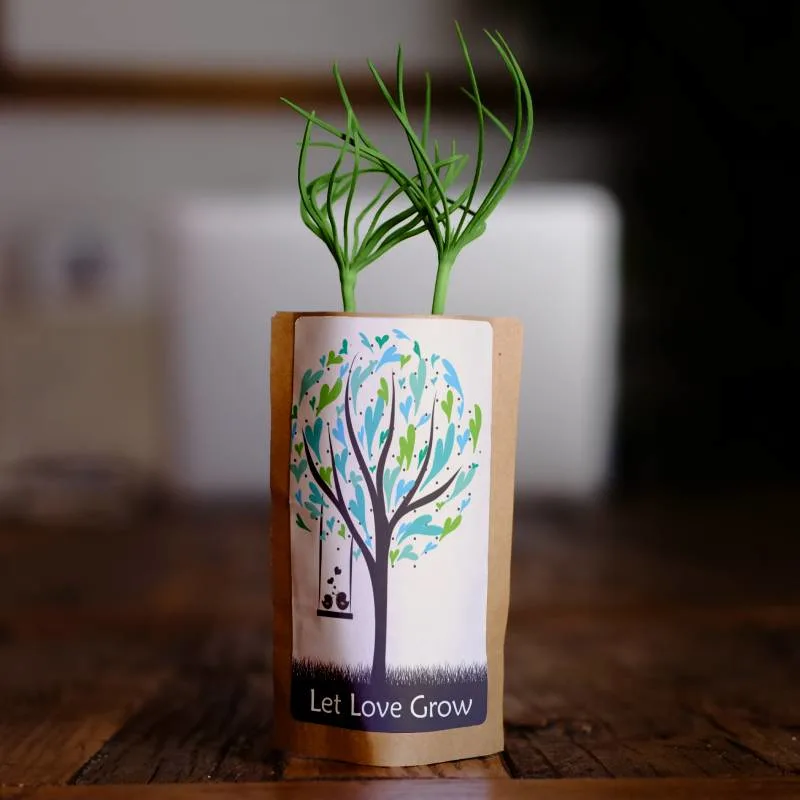Waste management is an essential part of modern life. It’s the process of collecting, transporting, treating, and disposing of municipal solid waste (MSW) and other kinds of waste materials.
It also includes the management of waste from its source to its final destination, as well as recycling and resource recovery.
Waste management is important for both public health and the environment, as it prevents the spread of disease, maintains a safe and healthy living environment, and reduces the amount of pollution.
The Waste Management Process: What It Includes
Waste management involves a 4-pronged approach. By knowing what’s involved in the reduction and organization of waste, you can contribute to a more eco-friendly landscape.
1. Waste Collection
The first step in waste management is waste collection. This step involves collecting and transporting waste from its source to a designated disposal site.
Collection is done manually or with specialized equipment such as waste collection trucks. These trucks haul dumpsters from sites that hold specific types of waste materials.
The way waste is collected and removed is instrumental in reducing the amount of waste that’s dumped into landfills or at recycling plants.
2. Waste Treatment
The next step is waste treatment. This step involves treating waste to reduce its toxicity, odor, and volume. This is done through incineration, composting, or landfilling activities.
Effective waste management goes beyond collection and recycling, it also includes the safe treatment of industrial and municipal wastewater. Facilities often rely on engineered systems such as wastewater covers to control odors, capture emissions, and prevent contamination of surrounding ecosystems. These covers play a key role in ensuring that waste treatment aligns with environmental protection and sustainability goals.
Treatment is important because it reduces the risk of toxic contents entering the atmosphere and reduces the volume of waste that is being disposed.
3. Waste Reduction
Another important part of waste management services is waste reduction. This part of the process involves reducing the amount of waste generated by businesses, organizations, and individuals.
Waste reduction is achieved through recycling, composting, or repurposing.
4. Waste Disposal
Waste disposal is a key activity in waste management. Disposal involves getting rid of solid, hazardous, and medical wastes in an environmentally safe manner. For businesses involved in debris and waste removal, securing insurance coverage for debris removal businesses is essential to protect against risks like accidents, improper disposal, and environmental hazards during the removal process.
Disposal can be done through landfilling, incineration, waste-to-energy, and recycling techniques.
Again, how you dispose of waste is helpful in reducing pollution and preserving the environment and its natural resources.
Renting a Dumpster to Get Rid of Waste: The Steps You Need to Take
For those who need to rent a dumpster to dispose of everyday waste, hazardous materials, or recyclable items, there are several steps you’ll need to take.
Step 1: Determine the size and type of dumpster you need
Different types of waste require different types and sizes of dumpsters. Therefore, it’s important to determine what type of waste you’ll be removing before you rent a commercial dumpster.
Step 2: Choose a dumpster provider
Once you’ve determined the size and type of dumpster that you need, you can start looking for a reputable dumpster rental company. Do some research online to find a company with a good reputation and reasonable rates.
It’s also a good idea to speak to friends and colleagues who have used a local dumpster rental company to get their opinion.
Step 3: Arrange for the dumpster rental
After you’ve found a reputable dumpster rental company, you’ll need to sign a contract and make the required payments
You’ll also need to determine the pickup and delivery schedule with the dumpster provider. Once the dumpster has been delivered, you can begin removing the waste.
Step 4: Follow the proper disposal steps
When disposing your waste, it’s important to follow all local regulations and guidelines. This includes separating different types of waste and placing them so they fit in the dumpster correctly.
It’s also important to keep the dumpster in a safe and secure location while it’s being used. Make sure it is placed so the container does not interfere with parking or with pedestrian activity.
Empty it regularly to prevent the buildup of hazardous materials or unhealthy debris.
Never fill a dumpster above the fill line, as doing so can pose a safety hazard when the dumpster is picked up. In some cases, companies will not pick up dumpsters whose load is above the bin’s fill line.
In Summary
Again, waste management is an essential part of modern life. From waste collection to disposal, it’s important to understand the process and take the steps needed to ensure that your waste is discarded safely and responsibly.
By following the steps outlined above, you can maintain the proper management and disposal of any form of waste.
Author Biography
Ashley Rodriguez is an administrative analyst and customer service expert at Bins 4 Less, Inc. She has over two years of direct experience in the waste hauling industry and a lifetime of knowledge from her family’s business. She has refined the customer service experience and helped hundreds of customers find the right dumpster for their projects.














